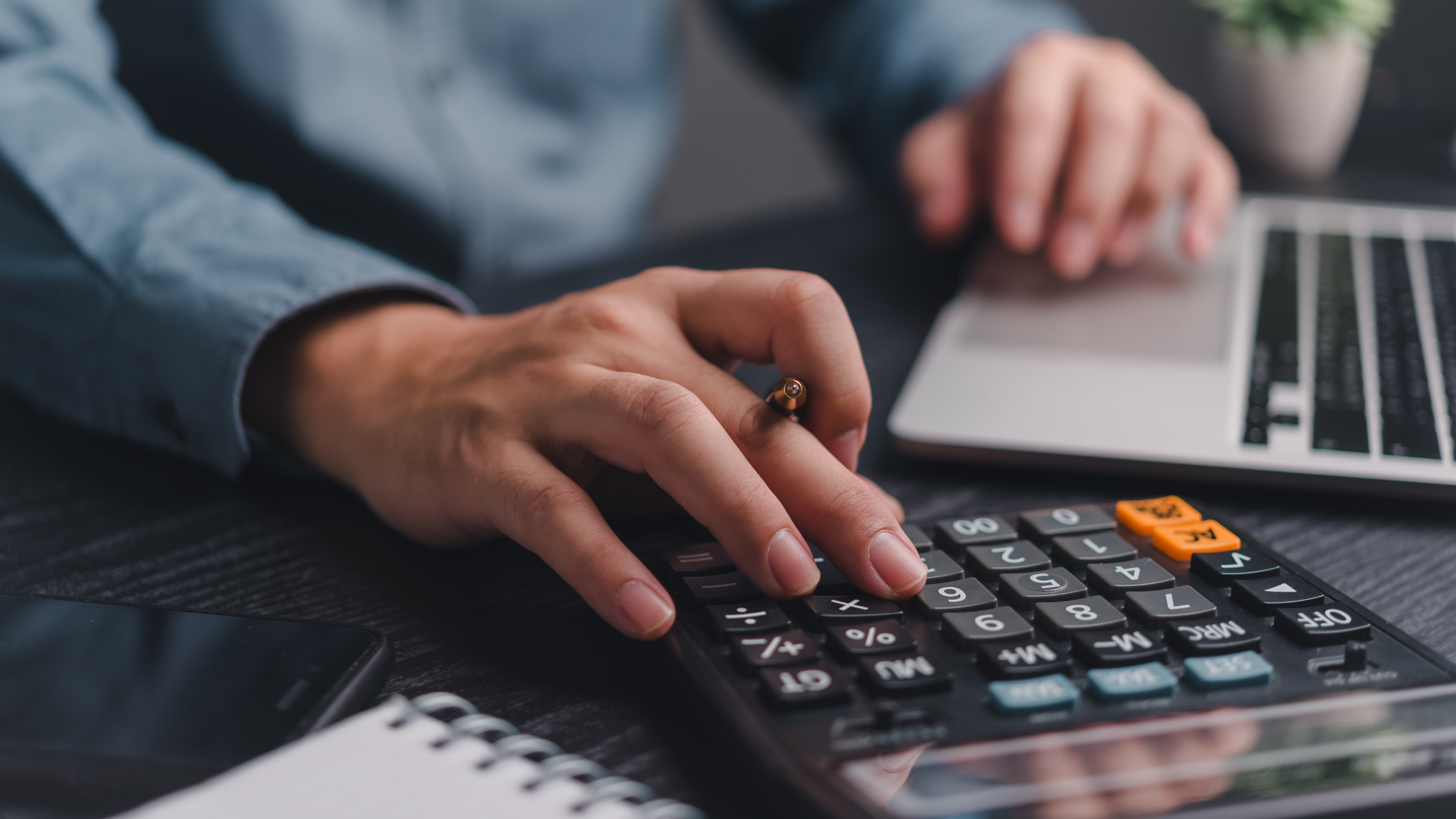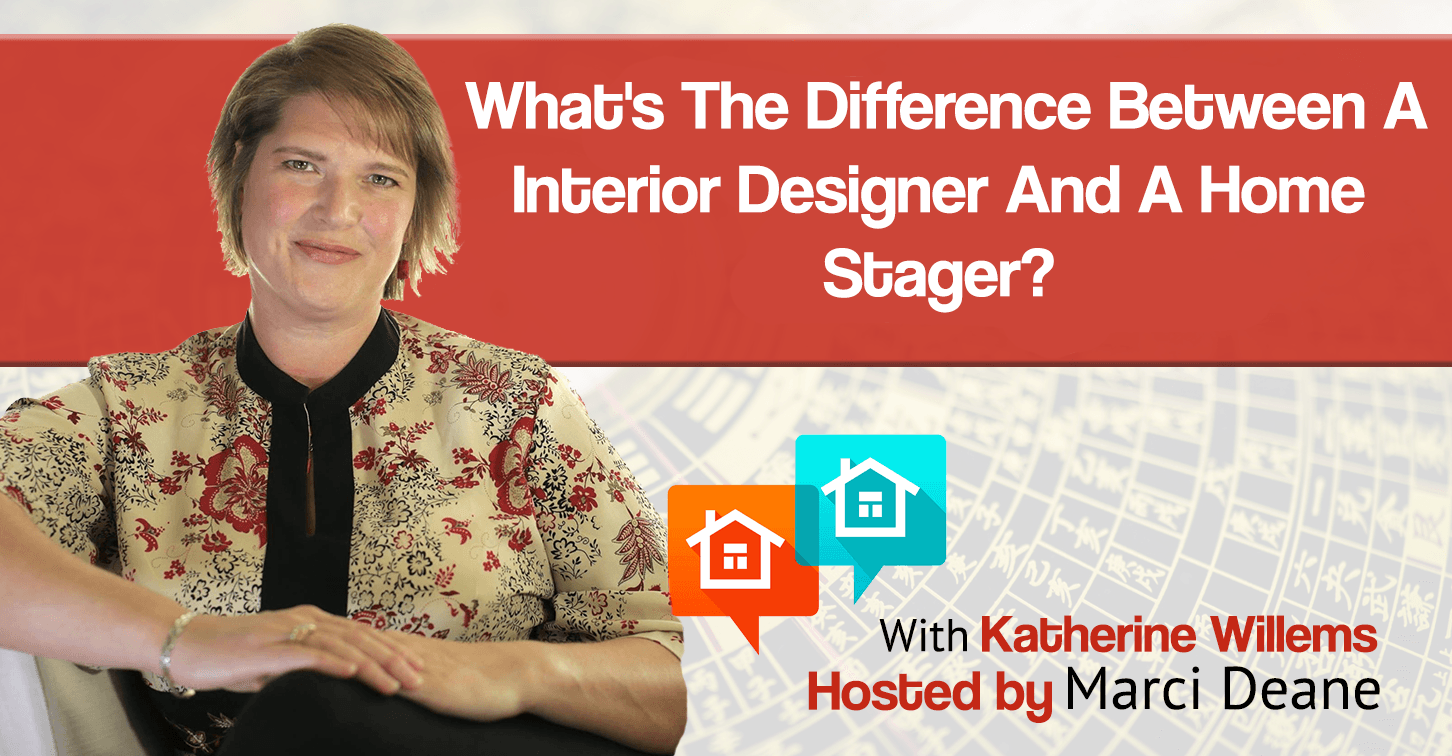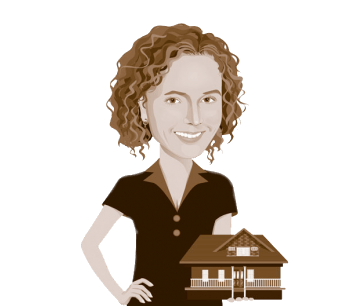031: What’s The Difference Between A Interior Designer And A Home Stager?
Introduction
Katherine has been in the design industry for over 20 years, starting as a lighting specialist then working for a high-end custom home builder where her love for quality workmanship and timeless design was cultivated. She then began working for commercial property owners, managing all aspects of tenant improvements including needs assessments, floor plans & specifications, budgeting, quoting, trade selection & project management.
As a Registered Interior Designer, Katherine is continually updating her knowledge base. Nine years ago she took a Feng Shui course at the recommendation of a trusted advisor – little did she know that it would change her life forever. Classical Feng Shui wove in perfectly with her love for Interior Design and Sustainability, and has taken her practice to a deeper level. It was clear that her 3 passions should come together in ‘Be the Change Design Group’ (BCDG), where spaces are more than beautiful and efficient, they actually vibrate at a higher frequency, fostering a sense of happiness, fulfillment, well-being and peace.
Key Points
- [2:35] Do you have products you specialize in?
- The Feng Shui evaluation report is a unique product I offer.
- If you’re a DIY person, it will help set you on the right track.
- [3:24] What is the best business advice you have received?
- Focus on what is important and what matters.
- [3:55] What is the difference between an interior designer, a space planner, and stager?
- Interior designer: In BC there the title is not regulated, but there is another title called ‘Registered Interior Designer’. This is a role overseen by the Interior Designers Institute of BC. It requires you to have a bachelor’s degree in interior design, having passed an exam, and having a set amount of practical experience.
- Space Planner: They have experience but not to the same level as a registered interior designer.
- Home stagers: This role is about selling a home. They know how to market a house to sell.
- [8:15] What does your business do?
- We do it all.
Contact Katherine Willems
- Web: www.bethechangedesigns.com
- Phone: 778-840-3688
- Email: hello@bethechangedesigns.com
Share














